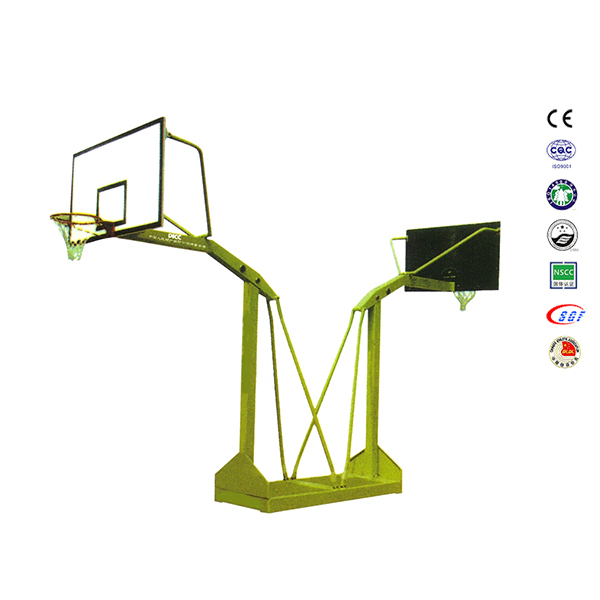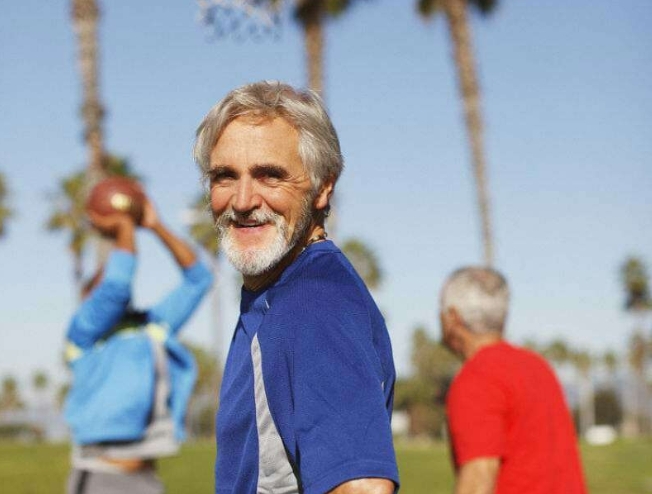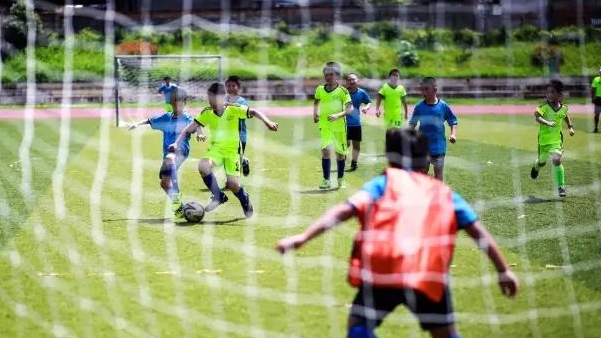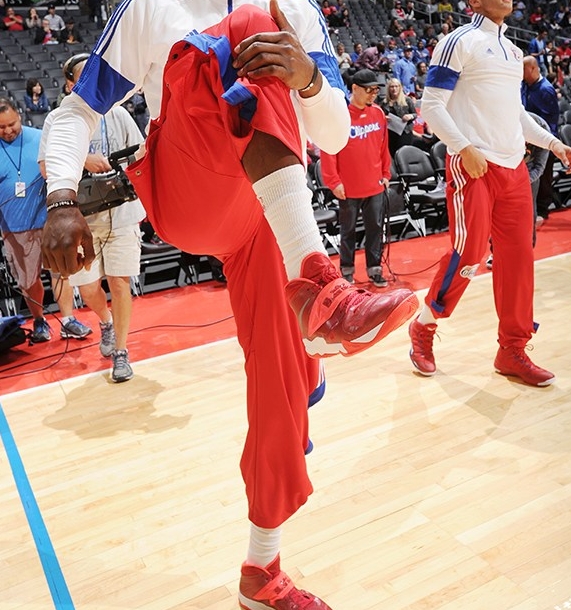Product
Basketball training program to do at home
Basic Info
2. When you can shoot 2 to 4 times per second, you can practice the second step, basketball around the waist, that is, take the basketball around the waist, or around the head or calf
3. When you can catch the ball well when you are around the waist, you can practice the third step, left and right play, that is, hit the ball from the left hand to the ground, then catch it with the right hand and hit it to the ground, repeat it over and over, and over time you can practice difficult movements such as crotch
4. You can never find the feeling of dribbling on the court at home, so occasionally going to the court to dribble the ball will improve faster
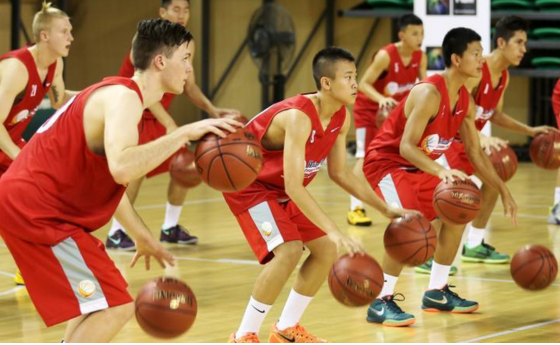
More basketball hoop equipment
Can't practice basketball at home anymore?
No, no, no, for basketball enthusiasts, they can always find ways to practice. Today, the seven step layup will bring you a few home practice moves, with minimal space requirements. Only when you have time can you easily have the ultimate ball feeling! Practice each action for at least 3-5 minutes, rest when tired, continue after rest, persistence is victory!Low hand up throw pull:Like a low handed layup, using your hands to "draw" the ball into a curve, and then flicking the ball with your fingers to throw it up can exercise our layup feel.
Low handed left and right throwing: Similar to up throwing, this time use your fingers to move the ball left and right, forming a parabolic curve, and then alternate back and forth throwing.
Catching the ball from the crotch: Bend your knees and squat, open your feet slightly wider than your shoulders, place the ball between your legs, and then let go to catch the ball back and forth.Finger flick: Raise the ball in front of you, keep moving the Basketball up and down, using your fingers. Be careful not to touch the ball with your palm, the faster the speed, the better.
Crotch front and back throwing: Note that this is different from crotch receiving. Crotch receiving only involves receiving the ball back and forth with hands, while crotch throwing involves receiving the ball and then pushing it forward or backward, allowing the ball to cross and insert back and forth.
Undercrotch ball: Squat your body, spread your feet slightly wider than your shoulders, like doing flower arrangements under your crotch, and keep circling the ball around your crotch in a zigzag pattern. The faster the speed, the better, which helps us improve the ball sensation of dribbling under your crotch.
High leg lift around the ball: Do a high leg lift while constantly thrusting the ball back and forth between the legs. The movement is a bit difficult, and it's normal to lose the ball at first, but practice a few more times will become familiar with it. Keep going.
High and low dribbling with both hands: a good move to exercise ball sensation, which is very difficult for beginners. One hand requires low dribbling and does not stop tapping the ball with fingers, while the other hand requires high dribbling and keeps hitting the ball vigorously. This training is very helpful for improving ball sensation.

FIBA Officially Certified Basketball Stand
How to practice basketball at home
1.1. Firstly, perform finger warm-up exercises to exercise the muscles of the fingers. Raise your hands vertically above your head and use your fingers to squeeze the basketball, causing it to move back and forth between your fingers.1.2 "Pendulum" training, placing the basketball in the palm of the hand, alternating the left and right hands like a pendulum, and gradually increasing the speed and amplitude.
1.3 Head Around Ball Training: Wrap the ball around the head and gradually strengthen the rhythm and speed.
1.4. Waist Wrap Ball Training: Wrap the ball around the waist and gradually strengthen the rhythm and speed.
1.5. Knee ball training, where the ball is wrapped around the knee and gradually strengthened in rhythm and speed.
What are the benefits of playing basketball
2.1. Effectively prevent cardiovascular diseases. During Basketball, due to the tense activity of muscles, the heart's work increases, the blood supply and metabolism of the myocardium are strengthened, the myocardial fibers thicken, the heart wall thickens, the heart volume increases, the appearance is complete, and the heartbeat is strong. All of this is also a good remedy for treating cardiovascular disease.2.2. Control weight and change body shape. Excessive obesity can affect a person's normal physiological function, especially leading to increased burden on the heart and shortened lifespan. If a person's subcutaneous fat exceeds the normal standard by 15% -25%, their risk of death will increase to 30%. Due to its ability to reduce fat, enhance muscle strength, and maintain joint flexibility, basketball can control weight, improve body shape and appearance.
2.3. Enhance cardiac function. Regular basketball exercise can enhance heart function, increase stroke output, thicken the media of arterial blood vessel walls, and increase smooth muscle cells and elastic fibers; Increase the distribution of capillaries in skeletal muscles.
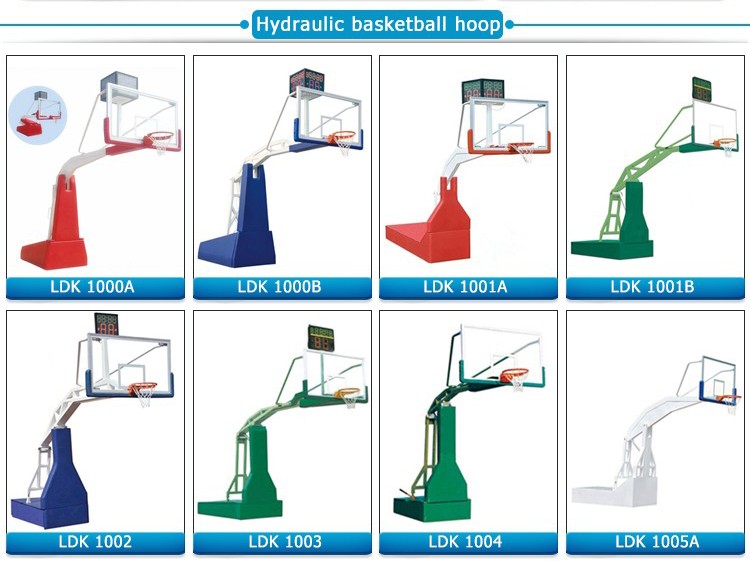
Electric Hydraulic Basketball Stand
What are the passing methods of basketball
3.1. (Hands) Ground pass: Ground pass is usually used to pass the ball from under the open arms of a defensive teammate. The technical essentials of passing the ball with both hands hitting the ground are the same as passing from the chest mentioned above, except that when the ball is passed, the fingers are downward and strong, causing the ball to bounce off the floor and reach the waist position of the receiving teammate.3.2. Low handed pass is a close range pass commonly used to pass the ball to teammates who are closer to oneself: hold the lower half of the ball with your fingers, take a step towards the passing direction when reaching out, fix your wrist while following the ball, and also pass the ball to the waist of the receiving teammate.
3.3. (Hands) Head up pass. We often see players who grab rebounds in basketball games using this method to pass the ball to teammates who are in a favorable position on the far field. Passing the ball with both hands over the head can cross the defender and can go far. Hold the ball with both hands from the sides of the ball (fingertips facing upwards), place it on the top of the head, bend the elbows slightly, take a step towards the direction of passing, and turn the wrist backward. The ball moves to the back of the head, throw the ball forward, and the wrist forwards the force downwards.
What are the types of injuries in Basketball
4.1. Muscle displacement: Applying rapid force (flexion and extension) to a muscle, causing the rupture of muscle fibers or a part of the muscle membrane, resulting in internal bleeding.4.2. Ankle sprain: Wrap the ankle with adhesive tape (trip cream, bandage) before practice to slightly prevent sprain. However, the most effective method is still to do ankle preparation exercises and kick the ball on the side of the foot, while also strengthening the muscles that should not be done.
4.3. Finger puncture: caused by strong impact on the finger. Finger injuries can be classified into five types according to their severity: 1. sprain, 2. dislocation, 3. fracture, 4. tendon rupture, and 5. contusion (skin rupture).
4.4. Foot swelling and pain: movement of the feet; Especially when practicing fluctuating movements for a long time, there is double pain in the heel. This disease, also known as heel bone disease, is caused by multiple sharp impacts on the adipose tissue between the bones and skin of the heel when viewed from the ground, resulting in damage.
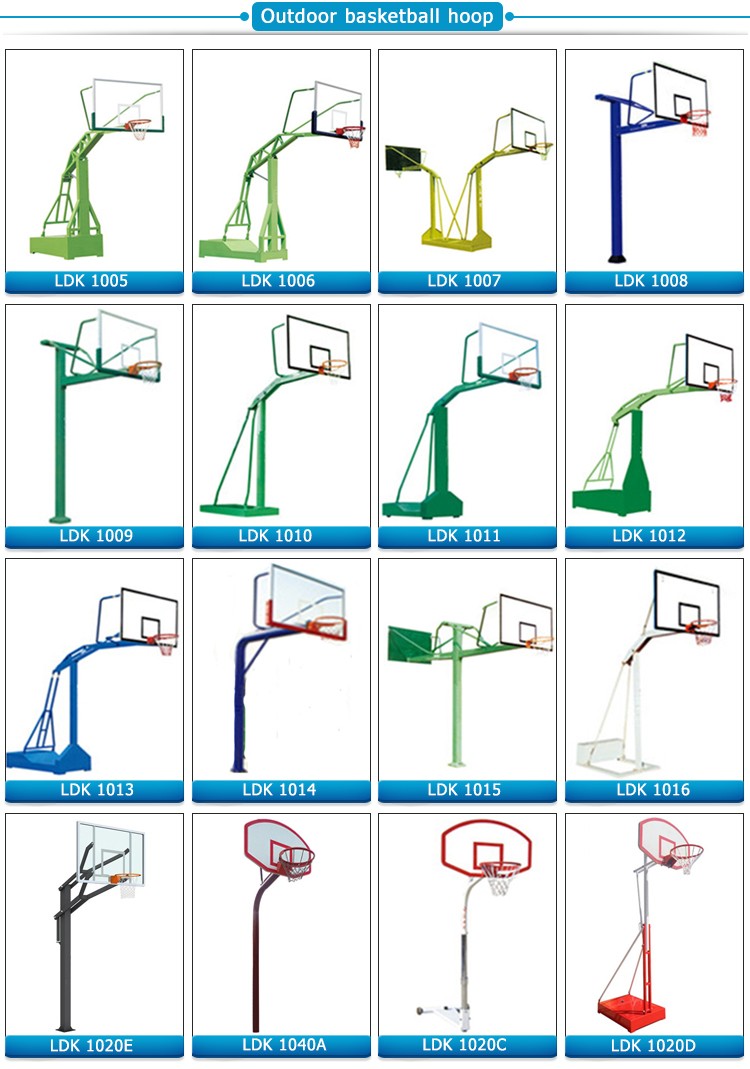
What are the precautions for using basketball
4.1. It is best to use specialized air needles for inflation tools. Before use, lubricate the air needles and do not use deformed air needles or other substitutes to prevent damage to the air nozzle.4.2. Each type of ball must be filled to its specified air pressure. The standard air pressure for basketball # 7 is 0.06MPa, football # 5 is 0.07MPa, and volleyball is 0.0425MPa. Under the standard air pressure, the ball performs best, otherwise it is prone to deformation.
4.3. After use, clean the surface of the ball. Do not wipe the real leather ball with a damp cloth to prevent mold. Store it in a cool and dry place.
4.4. The sphere should not come into contact with sharp objects to avoid being punctured and leaking air.
More LDK basketball stand recommendations:For more LDK basketball stands, please click:
LDK sports equipment manufacturer's promotion is in progress: Click to contact us now






